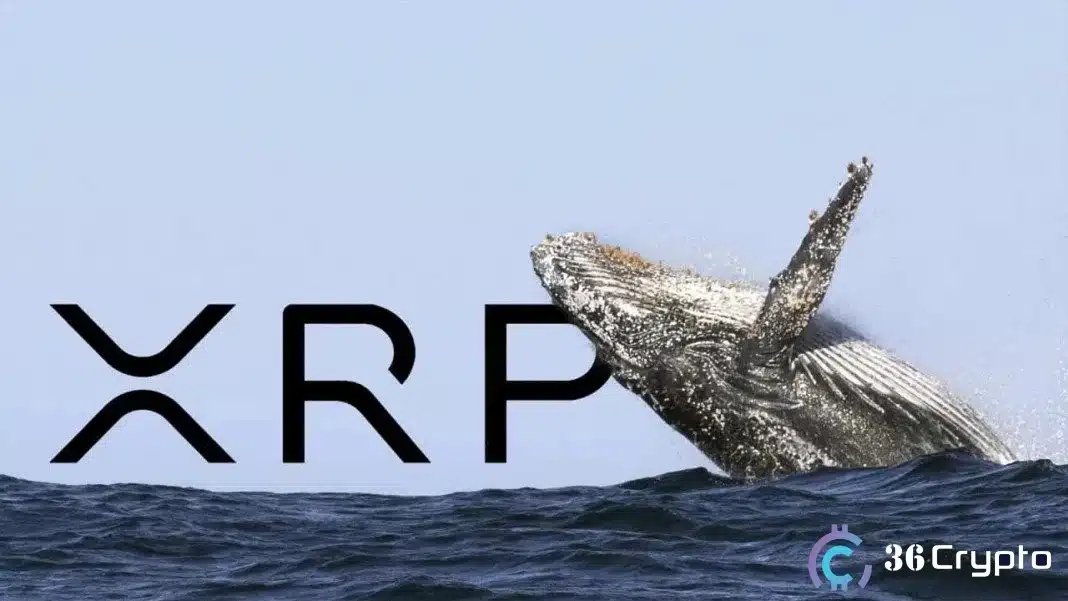West Texas Intermediate (WTI) Oil price inches higher after three days of losses, trading around $59.60 per barrel during the Asian hours on Thursday. However, Oil prices may depreciate further as a significant inventory build heightens oversupply concerns.
US Energy Information Administration (EIA) showed that Crude Oil Stocks Change surged by 5.202 million barrels last week, swinging from the previous decline of 6.858 million barrels. The crude stock exceeded market expectations of a 1.8 million-barrel increase, marking the biggest increase since July.
Crude output continues to expand among both OPEC+, the Organization of the Petroleum Exporting Countries, and its allies, including Russia, and non-member producers, fueling fears of a global glut. Reuters cited commodities trader Mercuria, noting that the surplus is building gradually and could reach 2 million barrels per day next year. OPEC+ recently approved a modest production increase for December but plans to pause additional hikes in early 2026, signaling caution amid weakening demand.
A client note from J.P. Morgan states that year-to-date through November 4, global Oil demand has risen 850,000 barrels per day, below the growth of 900,000 bpd projected earlier by the bank. The note also added “High-frequency indicators suggest that US Oil consumption remains subdued,” pointing to weak travel activity and lower container shipments, reported by Reuters.
Reuters reported that Saudi Arabia, the world’s largest Oil exporter, has sharply cut crude prices for Asian buyers in December, responding to a well-supplied market as OPEC+ members increase production. Aramco announced that Saudi Arabia set its December official selling price at $1 per barrel above the Oman/Dubai average, the first reduction after holding prices steady in November.
WTI Oil FAQs
WTI Oil is a type of Crude Oil sold on international markets. The WTI stands for West Texas Intermediate, one of three major types including Brent and Dubai Crude. WTI is also referred to as “light” and “sweet” because of its relatively low gravity and sulfur content respectively. It is considered a high quality Oil that is easily refined. It is sourced in the United States and distributed via the Cushing hub, which is considered “The Pipeline Crossroads of the World”. It is a benchmark for the Oil market and WTI price is frequently quoted in the media.
Like all assets, supply and demand are the key drivers of WTI Oil price. As such, global growth can be a driver of increased demand and vice versa for weak global growth. Political instability, wars, and sanctions can disrupt supply and impact prices. The decisions of OPEC, a group of major Oil-producing countries, is another key driver of price. The value of the US Dollar influences the price of WTI Crude Oil, since Oil is predominantly traded in US Dollars, thus a weaker US Dollar can make Oil more affordable and vice versa.
The weekly Oil inventory reports published by the American Petroleum Institute (API) and the Energy Information Agency (EIA) impact the price of WTI Oil. Changes in inventories reflect fluctuating supply and demand. If the data shows a drop in inventories it can indicate increased demand, pushing up Oil price. Higher inventories can reflect increased supply, pushing down prices. API’s report is published every Tuesday and EIA’s the day after. Their results are usually similar, falling within 1% of each other 75% of the time. The EIA data is considered more reliable, since it is a government agency.
OPEC (Organization of the Petroleum Exporting Countries) is a group of 12 Oil-producing nations who collectively decide production quotas for member countries at twice-yearly meetings. Their decisions often impact WTI Oil prices. When OPEC decides to lower quotas, it can tighten supply, pushing up Oil prices. When OPEC increases production, it has the opposite effect. OPEC+ refers to an expanded group that includes ten extra non-OPEC members, the most notable of which is Russia.
Source: https://www.fxstreet.com/news/wti-holds-near-5950-further-downside-appears-due-to-oversupply-concerns-202511060319



